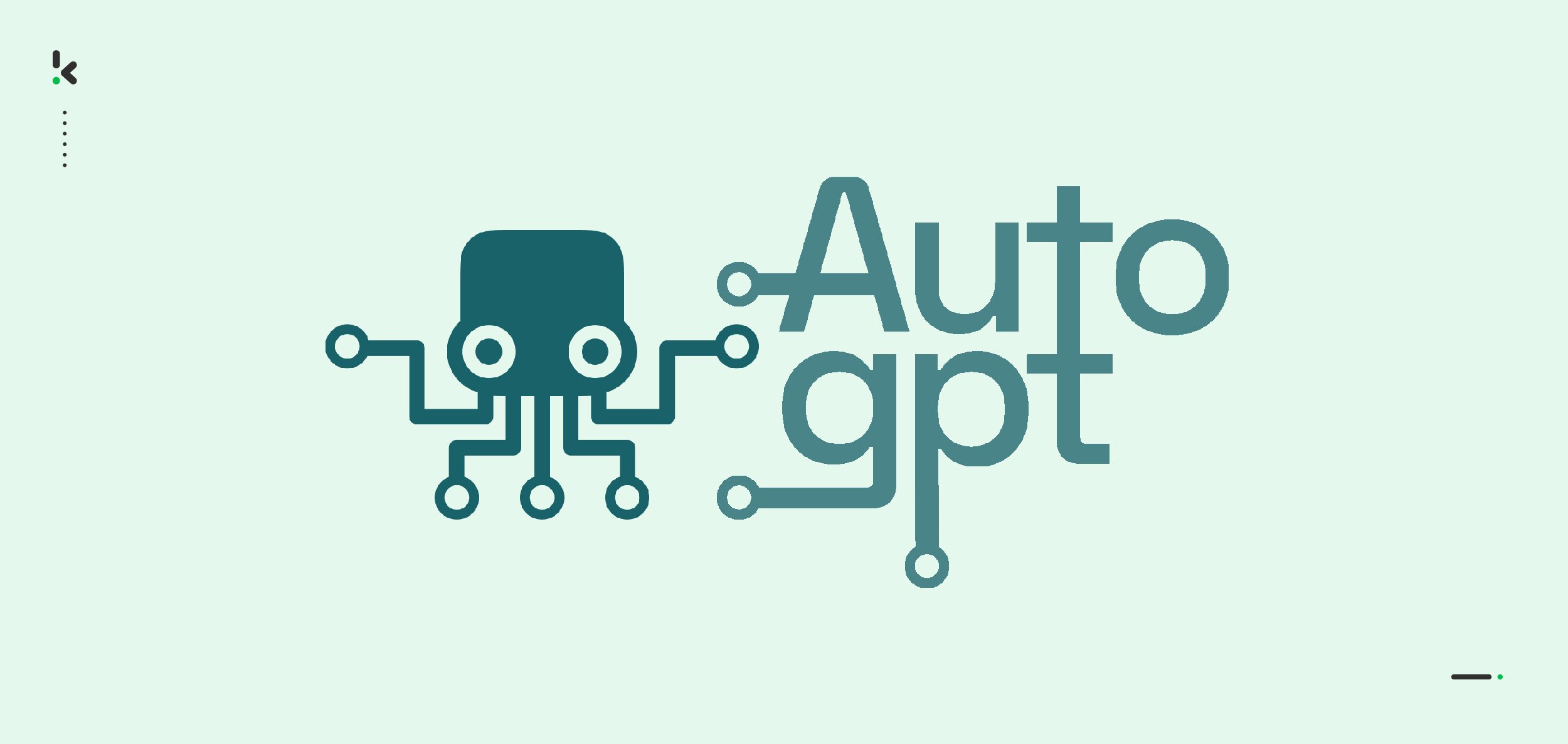AI development tools are changing how we build software—but they’re not magic. They’re powerful in the right hands and in the right situations. If you’re wondering “What can I actually trust an AI dev agent to do?”—this post is for you.
From full-stack generation to refactoring old projects, here’s a breakdown of where AI dev agents truly shine… and where they still need a human touch.
1. MVP Development
AI tools are at their absolute best when speed is the goal. If you need to launch something quickly—like a proof of concept, SaaS MVP, or internal product—AI dev agents can save days (or weeks).
What works well:
- Flatlogic AI software development agent to generate the base app
- GitHub Copilot to customize frontend/backend logic
- Cursor to make quick edits with natural language
Why it works: You get a full working app, with database, auth, and structure included—ready to test, pitch, or demo.
2. Internal Dashboards and Admin Panels
Need to track orders? Manage users? View system data?
You don’t need to reinvent the wheel. AI dev agents are perfect for spinning up CRUD-heavy internal tools that work out of the box.
Tools to combine:
- Flatlogic for fast generation
- AppSmith or ToolJet for low-code internal views
- ChatGPT to build automation or write custom logic
Why it works: Most internal tools are data-centric and don’t require flashy UX, so AI can handle them end-to-end.
3. Legacy Code Cleanup
Refactoring old code is tedious, but AI loves structure. Tools like Mutable AI and Cursor help you rewrite messy functions, rename variables, and even generate documentation.
Best for:
- Older apps with no comments
- Spaghetti functions that need clarity
- Updating code to modern best practices
Why it works: AI is great at pattern recognition and suggestion, which is exactly what refactoring needs.
4. Learning and Onboarding
Whether you’re learning a new framework or joining a new codebase, AI tools can get you up to speed faster.
How to use AI here:
- Use Cursor to ask, “What does this function do?”
- Use ChatGPT to explain library usage or convert code between frameworks
- Use Copilot to see how others typically write similar logic
Why it works: You’re not just staring at code—you’re having a conversation with it.
5. Quick Feature Prototyping
Want to add a simple feature and test it? AI can help you scaffold it, write the code, and clean it up—fast.
Example:
You want to add a “duplicate project” button.
- Ask ChatGPT for the logic
- Paste into your Flatlogic-generated project
- Use Cursor to refactor or integrate
- Done in an hour instead of a day
Why it works: You stay in the flow, instead of jumping between documentation, forums, and Stack Overflow.
Where AI Dev Agents Still Fall Short
AI is a powerful co-pilot—but it’s not an architect, team leader, or security expert.
Here’s where you still need to drive:
- Product thinking: AI can’t tell you what to build
- Security & compliance: You must handle sensitive data and regulatory concerns
- Deep performance optimization: AI writes “good enough” code, not hyper-optimized code
- Complex UX flows: AI doesn’t design experiences—it builds components
Final Thoughts
AI dev agents are best used as accelerators, not replacements. They shine in use cases where structure is repeatable, tasks are well-defined, and the goal is speed over perfection.
If you’re launching fast, refactoring legacy systems, or just trying to ship that next feature before lunch—tools like Flatlogic AI, Copilot, Cursor, and Mutable AI are the ultimate time savers.
Know where AI fits into your workflow—and you’ll build faster, smarter, and with way less stress.










